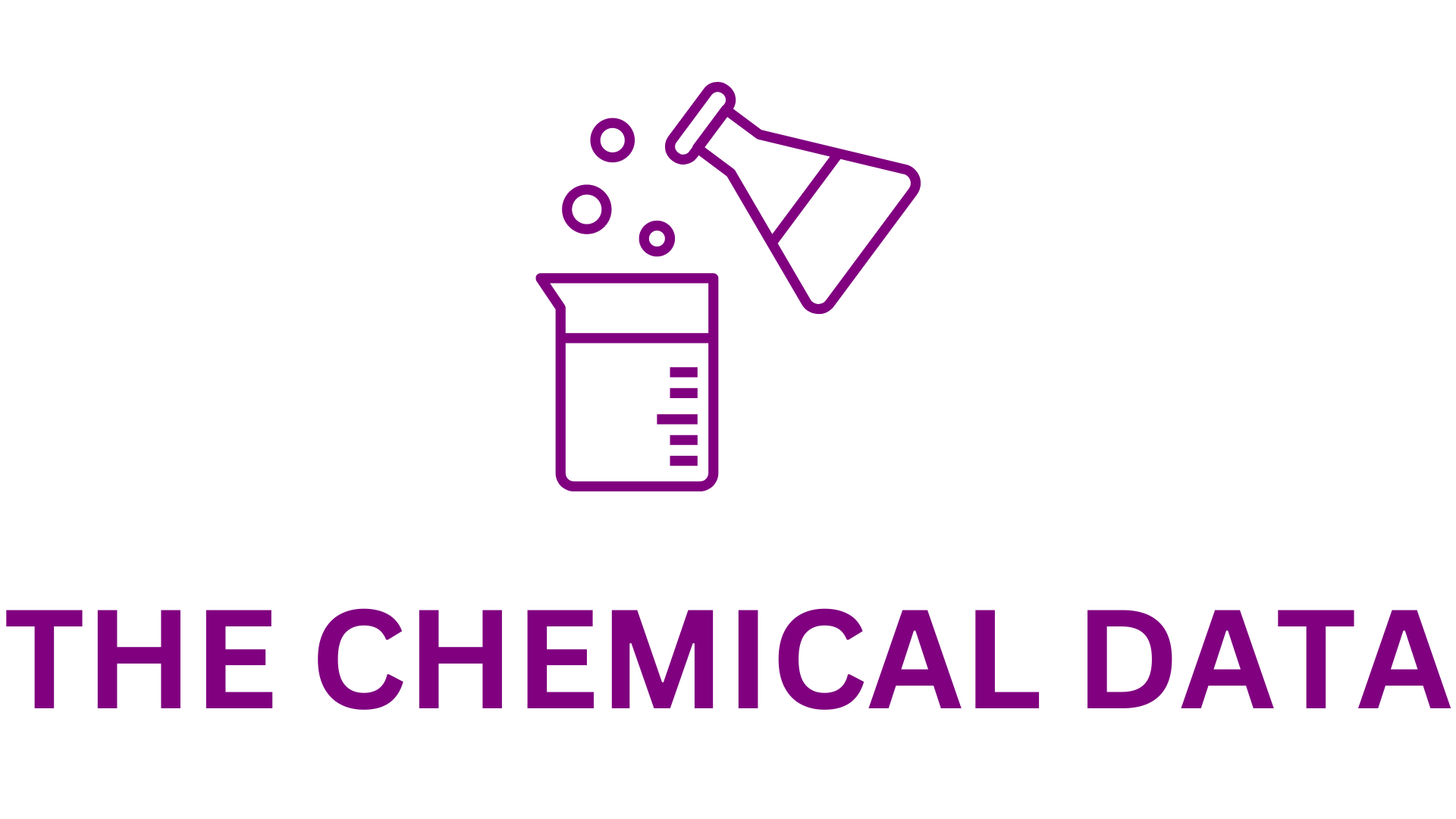
The world’s first ship-to-ship ammonia transfer in a working port environment has been successfully completed, marking a significant advancement in utilizing ammonia as a maritime fuel and enabling global bunkering operations. Yara contributed to the project with its extensive knowledge in safe ammonia handling and nominated a vessel from its Time Charter fleet for the operation, which used ammonia specifically for the transfers.
“This operation demonstrates that ammonia transfer can be carried out with the highest levels of safety and efficiency in an active port,” said Murali Srinivasan, SVP Commercial of Yara Clean Ammonia. “This is a key milestone toward decarbonizing the shipping industry by using low-emission ammonia as fuel.”
The operation, conducted at Port Dampier in Western Australia’s Pilbara region, was a collaboration between Yara Clean Ammonia, Pilbara Ports Authority, and the Global Centre for Maritime Decarbonisation (GCMD). The goal was to position the Pilbara as a potential hub for ammonia bunkering, utilizing low-emission ammonia produced from renewable energy and water electrolysis or via carbon capture and storage. Ammonia, when burned, does not emit CO2.
For over two years, Yara Clean Ammonia and Pilbara Ports Authority have been exploring the demand for ammonia as a fuel, assessing the infrastructure needs, safety protocols, and regulatory frameworks required for ammonia bunkering. The collaboration expanded with GCMD, which brought additional partners on board to ensure the safe and efficient execution of the transfer. The two ship-to-ship transfers involved the Green Pioneer, a 35,000 cbm ammonia carrier owned by MOL, and the Navigator Global, a 22,500 cbm ammonia carrier owned by Navigator Gas. The trial transferred approximately 4,000 cbm (2,715 tonnes) of ammonia between the vessels.
Srinivasan praised the collaboration, noting, “Safety has always been central to our operations. This project is a crucial step toward enabling ammonia bunkering in ports as global shipping transitions to ammonia as a viable fuel.”
He also thanked the various partners involved, highlighting the leadership of GCMD and the support of the Pilbara Ports Authority. Yara Pilbara’s Chief Operations Officer, Laurent Trost, expressed optimism about the trials’ success, viewing it as a stepping stone in the region’s decarbonization efforts.
Trost added, “We are currently constructing the Project Yuri renewable hydrogen demonstration plant on our lease, which will integrate green hydrogen into our ammonia production next year. We’re also exploring carbon capture and storage technologies to rapidly reduce carbon emissions from our operations.”
These initiatives, combined with government efforts to facilitate green electricity transmission, would enable the production of low-carbon ammonia for use in the shipping industry, clean fuels, and decarbonized products like ammonium nitrate and fertilizers, according to Trost.







